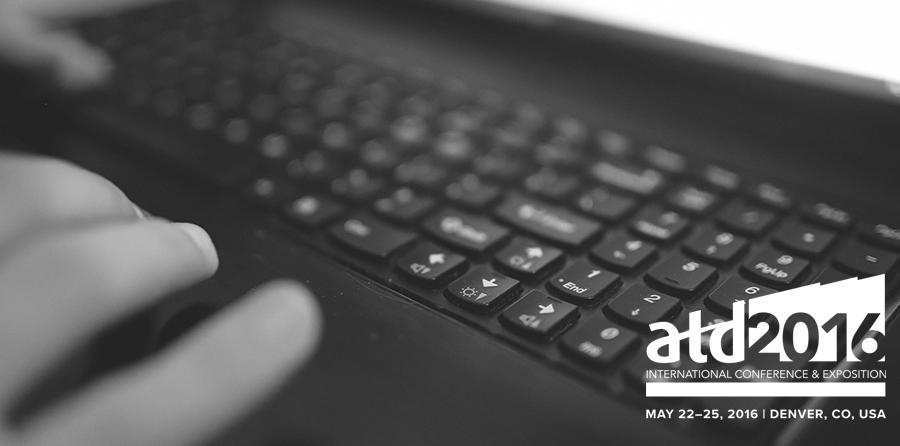ATD 2016: Overcoming Hidden Biases that Hinder Our Success

Our brains are wired to be biased, especially when we are required to make lightning fast decisions. This goes back to our caveman days when we had to figure out – in an instant – if an action would help or harm us.
Does bias affect the workplace?
According to Shawn Andrews, Ed.D., M.B.A. who wrote her dissertation on the topic, the answer is an absolute yes.
As human beings, we make assumptions all the time. And in today’s business world, that has a profound effect on diversity in the workplace.
What is bias?
Bias is a deep-seated resistance to what is different. Sometimes, as humans, we create a conscious bias against people. Maybe we move our seats because we don’t want to sit near another person; this is an intentional act.
Unconscious bias, on the other hand, is subtle and unintended. It’s a completely unconscious preference for or against a person, thing, or group.
Our brains are wired to be biased, especially when we are required to make lightning fast decisions. This goes back to our caveman days when we had to figure out – in an instant – if an action would help or harm us.
Every day, even in the smallest interactions, we make a decision. When we meet someone for the first time, we make a decision. As soon as we hear a group of people did something, we make a decision.
However, these fast decision-making skills can affect others. In the workplace, we constantly have to remind ourselves to counteract negative biases. We have the potential to make biases against age, gender, generation, education, height, weight, introverts, culture, disabilities, pregnancy, LGBT, religion, background, and more.
And, as a result, we make complete assumptions about people based on our personal biases. For example, if a female worker has young children at home, the assumption is that she doesn’t want to travel. She may be uninvited to important meetings because of this bias, and her career becomes stagnant as she’s no longer seen as someone contributing to propelling the business forward.
How can we counteract bias?
Shawn had the audience discuss two scenarios about negative bias in the workplace and what we, as learning professionals, would do.
The first scenario discussed a team meeting where everyone is asked to brainstorm new solutions. A woman gives an idea but it’s immediately dismissed by the group. As the meeting continues, a man gives the same exact idea as the woman, but uses slightly different language. Everyone is immediately on board with the idea. What do you do in this scenario?
In our small group discussions, we all agreed that you need to acknowledge that the idea was originally hers.
Shawn asked us what would happen if we did nothing. One gentleman noted that morale could be lost. Another audience member said that if nothing was said, this type of behavior would continue and resentment would follow.
Lastly, someone remarked that if you didn’t address it and the behavior continued, the female employee may quit. And if she is resentful, she could go to various sites like Glassdoor or Indeed and leave a less-than-favorable review for your company. Now, you won’t be able to hire good employees because of the culture that’s been created.
In essence, these small biases can have a drastic effect on your company for years to come.
The second scenario centered around two candidates for a job. One employee on the hiring team wanted someone closer to his age who happened to also attend his graduate school. Another employee argued for an older candidate with more experience in line with the job description.
Again, Shawn had the audience discuss the biases in play. The reality is that the younger employee had an affinity bias to someone closer to his age and to his schooling. And this type of bias is harmful, as if you only hire people like yourself, you resist change and limit diversity in the workplace. We tend to help other people like us, but in the hiring process, you must hire to the job.
Several people mentioned that you must let the employee know about this bias and treat it as a learning moment. You don’t want to miss the opportunities to grow as a team and be more reflective of your own behavior.
Shawn ended the presentation on a positive note by reminding us that biased thinking is something companies are trying to correct; Google has even recently invested millions of dollars into unconscious bias training.
